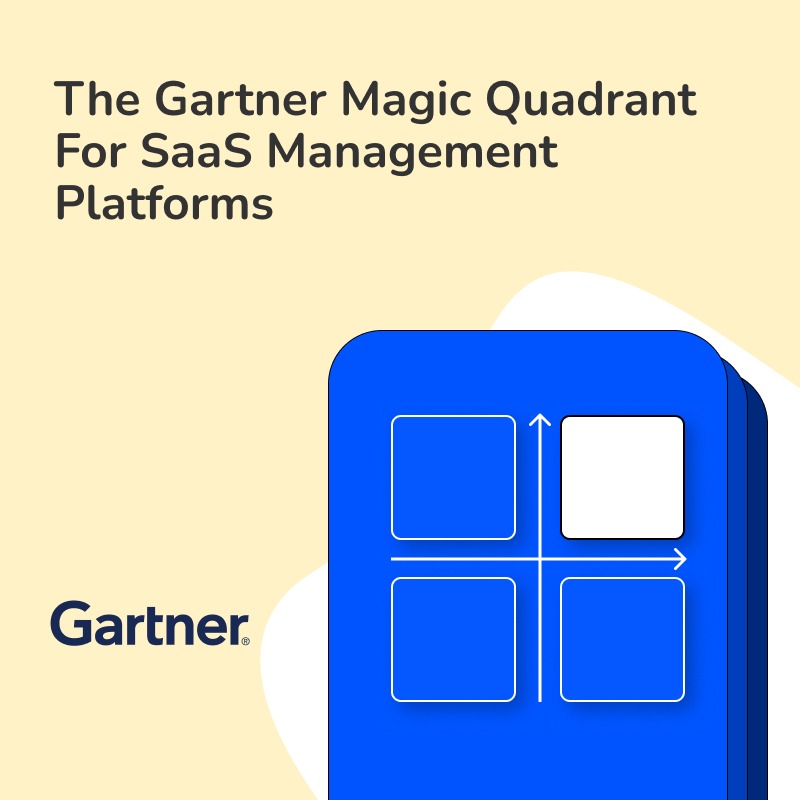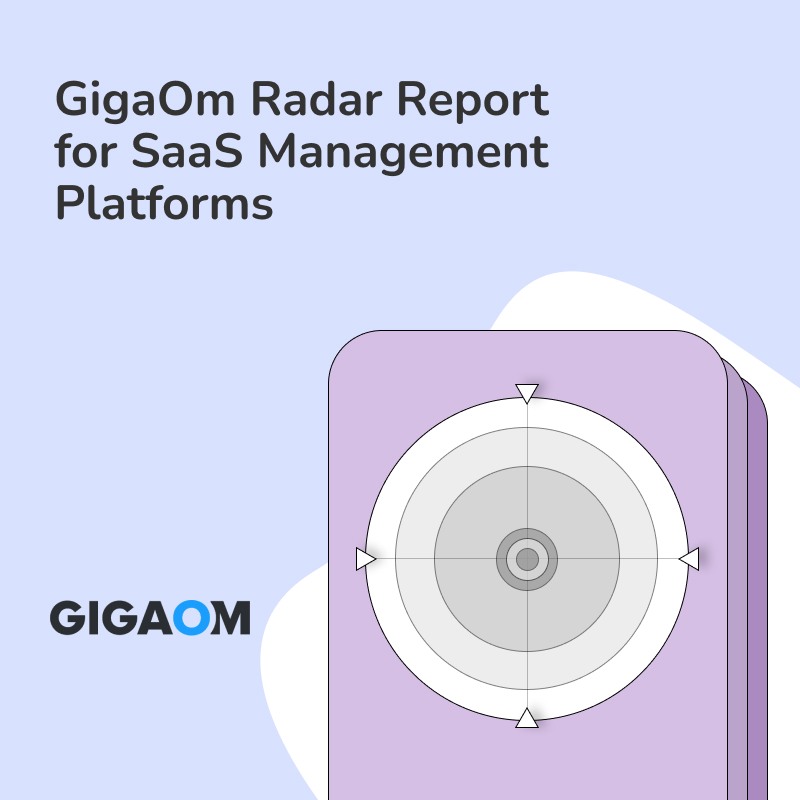Ever felt overwhelmed by the endless compliance checklists and regulations? How can IT teams actually benefit from compliance automation? Understanding the chaos that comes with navigating compliance is critical. It’s complex, and the last thing IT professionals need is more confusion. Don’t worry—we’re here to cut through the noise and bring clarity to this critical issue.
Compliance automation isn’t just a buzzword; it’s a game-changer for IT teams dealing with a labyrinth of rules and standards. Automating these processes can save time, reduce errors, and provide peace of mind. Ready to dive deeper? Want to learn how app discovery can transform your compliance strategy? Visit Torii for more insights. Stay tuned as we unravel how compliance automation can simplify your IT operations.
Feel like you’re getting buried under endless regulations? Compliance automation may be your answer. IT teams stand to gain a lot from implementing compliance automation.
Benefits of Compliance Automation
Firstly, it streamlines the ongoing monitoring of security controls, making sure that regulatory requirements are met without the constant need for manual input.
Why is this important? Because it reduces the laborious effort required to keep tabs on compliance, identify gaps, and create audit reports. Imagine the time saved by not chasing down every little detail manually!
Automated compliance tools are also proactive. They help organizations quickly detect vulnerabilities and mitigate risks. No more waiting until the next audit cycle to find out if there’s an issue; you can catch problems in real-time. This immediacy is crucial for maintaining compliance with industry standards like SOC 2, HIPAA, and GDPR. In a world where regulations frequently change, having up-to-date records is invaluable.
Additionally, compliance automation improves overall IT governance. With a system in place that constantly monitors compliance, IT teams can focus on other critical tasks. This leads to improved efficiency overall.
Do you really want your skilled IT professionals spending their time fighting fires that better automation could prevent in the first place? Reducing the risk of non-compliance is another significant benefit. Non-compliance can lead to hefty fines and a damaged reputation. Compliance automation ensures all regulations are met continuously, reducing the likelihood of human error, which is often the cause of non-compliance. Why take the risk when automation can provide a safety net?
To add a layer of simplicity, think about how easy it becomes to generate audit reports. Automated tools can pull data together in a consolidated format that’s ready for inspection by auditors. This not only saves time but also ensures that the data is accurate and comprehensive. No more last-minute scrambles before an audit. Furthermore, these systems make it easier to maintain transparency and accountability. By providing a clear trail of compliance activities and evidence, they help build trust both internally and externally. This transparency is vital for stakeholder confidence and regulatory scrutiny.
It’s true, compliance automation is a complex field, but frameworks like continuous monitoring, real-time alerts, and automated reporting simplify the process significantly. By understanding and leveraging these frameworks, IT teams can not only meet regulatory requirements but surpass them, setting a higher standard for governance and risk management.
Best Practices for Implementing Compliance Automation
To fully capitalize on the benefits of compliance automation, IT teams must adopt specific best practices that ensure a seamless and effective implementation. Here are tactical steps and structured approaches to help your organization reap the full rewards of compliance automation.
1. Start with a Comprehensive Risk Assessment
Before diving into compliance automation, conduct a thorough risk assessment to identify the regulatory requirements pertinent to your organization. This will provide a roadmap for which compliance frameworks and standards your automated systems need to align with. Knowing your risk profile helps in selecting the most appropriate automation tools and strategies for your unique needs.
2. Choose the Right Compliance Automation Tool
Selecting the right tool is pivotal. Look for compliance automation software that supports the specific regulations and industry standards relevant to your organization. Ensure that the tool offers continuous monitoring, real-time alerts, and automated reporting. Research tools like Torii for managing SaaS applications and tracking compliance metrics.
3. Integrate Compliance Automation with Your Existing Systems
For maximum efficiency, your compliance automation solution should integrate seamlessly with your existing IT infrastructure. Opt for tools that offer easy integration with your databases, cloud services, and other enterprise systems. This ensures that you can leverage existing data and workflows to enhance your compliance efforts.
4. Implement Continuous Monitoring and Real-Time Alerts
A cornerstone of effective compliance automation is the ability to continuously monitor your systems for any compliance breaches. This real-time vigilance helps in catching issues as they arise, ensuring that you stay ahead of potential non-compliance scenarios. Set up real-time alerts so that your team is immediately notified of any discrepancies, allowing for quick intervention.
5. Regularly Update Your Compliance Frameworks
Regulatory standards and industry best practices are continuously evolving. Keep your compliance automation systems updated to reflect the latest changes. This involves both updating your software and re-evaluating your compliance strategies to ensure they remain current. Regular updates are crucial for maintaining compliance over time.
6. Train Your Team
Even the best automation tools require knowledgeable operators. Invest in training programs to ensure your IT team is well-versed in using the compliance automation tools and understands the compliance requirements of your industry. A well-informed team is crucial to making the most of your compliance automation efforts.
7. Perform Regular Audits
Automated systems significantly simplify the audit process, but regular manual audits are still essential. Schedule periodic internal audits to cross-check the data and reports generated by your automated systems. This double-checking ensures the accuracy and reliability of your compliance posture.
8. Create Transparent Reporting Channels
Transparency in reporting fosters trust and accountability both internally and externally. Set up clear reporting channels that make it easy to track and document compliance activities. Automated tools should allow for the generation of comprehensive, easily accessible audit reports that can be shared with stakeholders and regulatory bodies as needed.
9. Foster a Culture of Compliance
Lastly, foster a culture of compliance within your organization. Encourage every team member, not just the IT staff, to understand the importance of adhering to regulations. A company-wide commitment to compliance ensures that everyone is on the same page, making the automation tools even more effective.
By following these best practices, IT teams can not only meet but exceed regulatory requirements. This proactive approach not only enhances your organization’s security posture and operational efficiency but also minimizes the risks associated with non-compliance. The benefits of compliance automation are clear, but leveraging those benefits to their fullest potential requires a strategic and structured approach.






